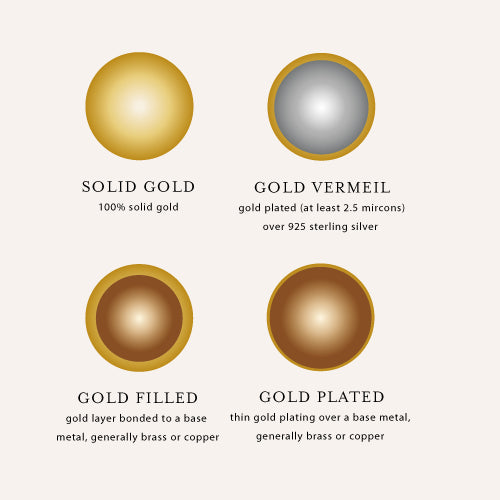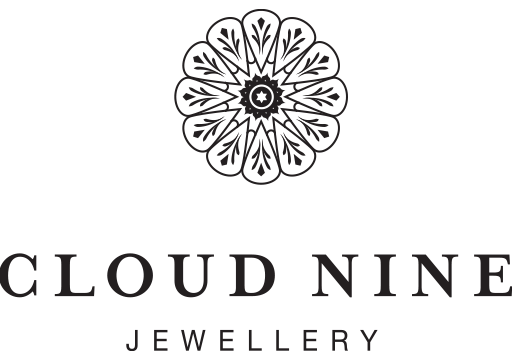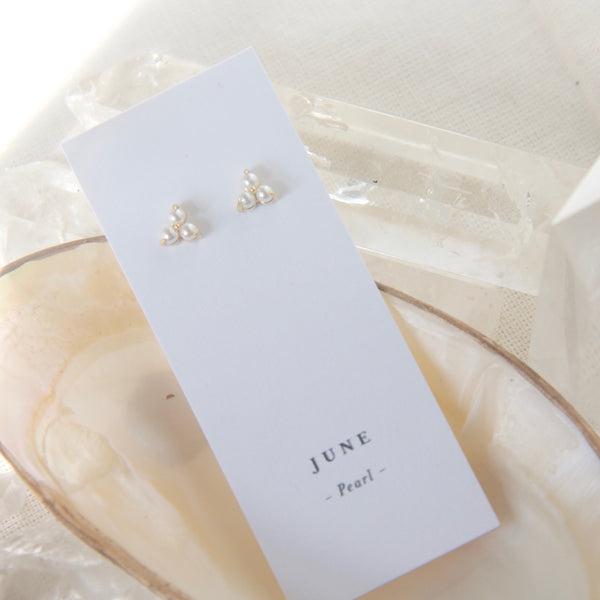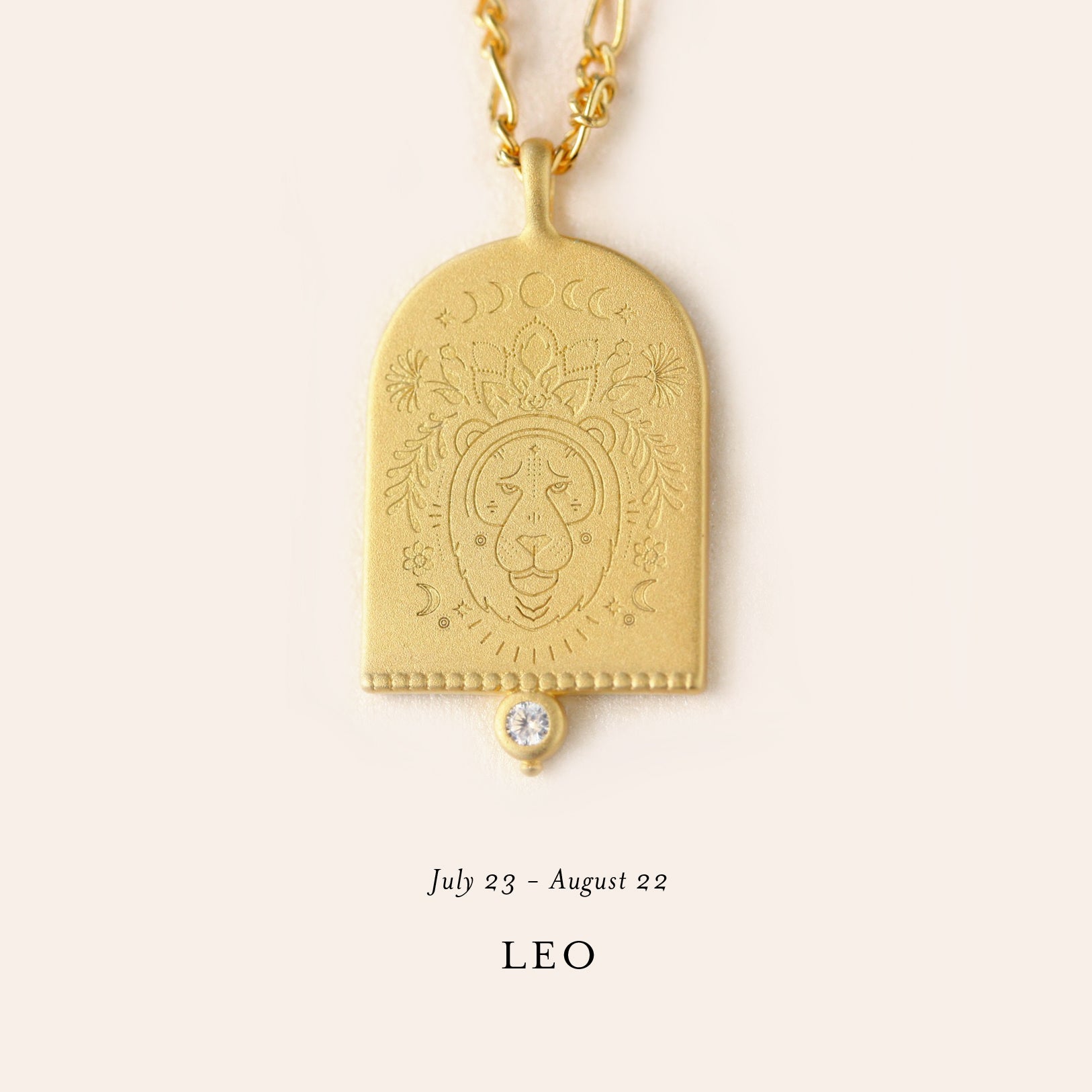
Gold Jewellery I Why we use Gold Vermeil
Plated, filled, or solid–it’s all too easy to get swept up in the confusion surrounding gold jewellery. Here’s a run-down and a few reasons why we choose Gold Vermeil for our pieces.

At Cloud Nine our gold pieces are Gold Vermeil (pronounced "ver-may") it is the highest quality of gold plated jewellery and is a great option in terms of longevity, quality and value.
Sterling Silver Base:
The foundation of gold vermeil jewellery is crafted from sterling silver, a renowned alloy comprising 92.5% pure silver and 7.5% other metals.
Gold Plating:
For a piece to be classified as vermeil, the gold plating must have a minimum gold purity of 10 karats, equating to a gold content of at least 41.7%.
Thickness of Gold Plating:

How to identify if your jewellery is gold vermeil?

Gold Vermeil vs Gold Plated
Gold vermeil is not the same as gold plated jewellery. The main differences being the thickness of the gold plating and the base metal used. Gold plated jewellery has a plating of at least 0.5 microns thick, Gold vermeil is at least 2.5 microns thick. (thats 5x thicker). Gold plate does not require a sterling silver base; it usually uses inexpensive materials, such as copper or brass as its core metal. Since the layer of gold is so thin, the gold plating tends to wear off very quickly. Gold vermeil is a much better option in terms of longevity, quality and value!
The History Of Gold Vermeil…
The technique of creating gold vermeil was originally developed in France in the 18th century when the majority of large objects produced by goldsmiths were made this way. Now gold vermeil is used to make Crown Jewels and Olympic gold medals as well as jewellery.

How to look after your gold vermeil pieces
Our Cloud Nine pieces are designed to last with love and care. Here are some tips on how to look after your gold jewels.
Avoid contact with water, cosmetics and chemicals (e.g. hair spray, perfume‚ lotions‚ household cleansers).
Do not place in damp conditions and avoid wearing in the shower, pool, or sea.
Remove when exercising or during activities which may cause sweating.
Store in a cool dry place. Our original boxes (included with each order) make the perfect storage spaces for your jewellery. If you no longer have the box, a zip-lock bag is a great alternative.
To clean polish lightly with a soft dry cloth.



